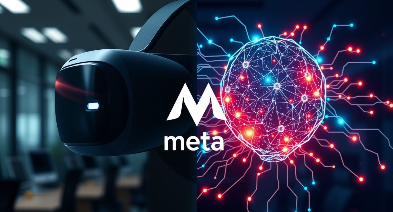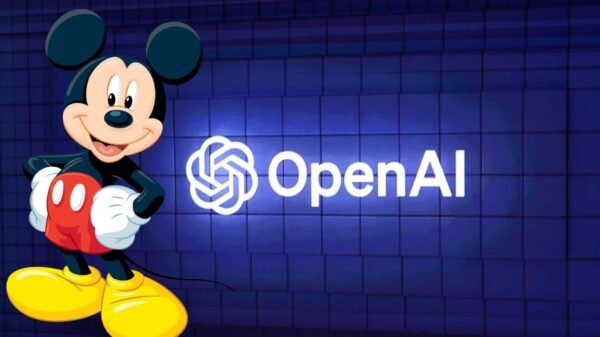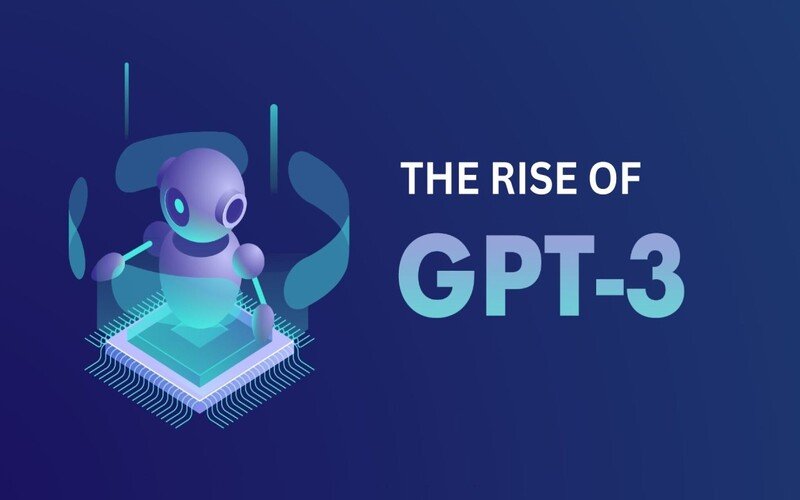In recent years, natural language processing (NLP) has witnessed a revolutionary advancement with the introduction of GPT-3 (Generative Pre-trained Transformer 3). The OpenAI product GPT-3, which demonstrates the power of language models and their capacity to produce text that resembles human speech, has emerged as a game-changer. In this article, we delve into the capabilities, history, and significance of GPT-3, highlighting its impact on the NLP landscape.
The Evolution of GPT Models
GPT-1: A Promising Start
GPT-1, the first generation of generative pre-trained transformer models, laid the foundation for subsequent advancements in NLP. Built upon the decoder architecture of transformers, GPT-1 utilized 12 layers and approximately 117 million parameters. This model underwent two critical stages: training and fine-tuning. The training involved exposing the model to an extensive dataset of over 40GB of text. At the same time, the fine-tuning stage refined the model for specific tasks such as natural language inference, classification, question answering, and semantic similarity.
GPT-2: Scaling New Heights
Building on the success of GPT-1, OpenAI introduced GPT-2, a version that pushed the boundaries of language models even further. With a staggering 48 layers and 1.5 billion parameters, GPT-2 showcased impressive performance without requiring extensive fine-tuning. It was trained on a vast dataset of 40 terabytes of text from various internet sources. The larger model size and improved training data allowed GPT-2 to perform tasks directly, eliminating the time-consuming and expensive fine-tuning process.
GPT-3: The Revolution Unleashed
The introduction of GPT-3 marked a significant milestone in NLP. This model introduced several groundbreaking techniques, including zero-shot learning, one-shot learning, and few-shot learning. With an unprecedented size of 175 billion parameters trained on an extensive and diverse text corpus, GPT-3 demonstrated remarkable human-like text generation capabilities. It pushed the boundaries of what was previously thought possible in natural language processing.
GPT-3.5: Enhanced Capabilities
GPT-3.5, or InstructGPT, is a fine-tuned version of GPT-3 that operates within specific human values. It boasts 1.3 billion parameters, a reduction in size by a factor of 100 compared to GPT-3. Despite the decrease in parameters, GPT-3.5 delivers impressive performance by incorporating reinforcement learning with human feedback (RLHF). RLHF is a subfield of artificial intelligence that leverages human feedback to enhance machine learning algorithms. This further refines the capabilities of GPT-3 and opens new avenues for human-AI interaction.
The Power of GPT-3 in Natural Language Processing
GPT-3’s remarkable capabilities have transformed the landscape of natural language processing. GPT-3 can generate coherent and contextually relevant text across various tasks by leveraging its extensive training on diverse text sources. Its ability to understand and generate human-like responses has significant implications in various domains, including content generation, customer service chatbots, language translation, and virtual assistants.
One of the key features of GPT-3 is its zero-shot learning ability. The model can predict answers based on the given task name with minimal or no examples, demonstrating remarkable generalization capabilities. GPT-3’s zero-shot learning paves the way for efficient and rapid adaptation to new tasks, reducing the need for extensive training data.
Additionally, GPT-3’s impressive few-shot learning capability enables the model to make accurate predictions with only a few examples. This breakthrough makes it easier for developers and users to leverage the power of GPT-3 in real-world applications without the need for large annotated datasets.
The Significance of GPT-3 in AI Research
GPT-3’s advancements have spurred significant progress in AI research. Its remarkable text-generation capabilities have paved the way for more sophisticated language models, inspiring researchers to explore new techniques and architectures. GPT-3’s success has also motivated the development of subsequent models, such as GPT-3.5, which aim to refine further and enhance the capabilities of language models.
Conclusion
GPT-3 has emerged as a game-changer in natural language processing. Its impressive size, extensive training, and groundbreaking techniques have pushed the boundaries of what language models can achieve. GPT-3’s ability to generate human-like text, adapt to new tasks with minimal examples, and facilitate human-AI interaction showcases its potential in various applications. As AI research advances, the significance of GPT-3 and its successors will undoubtedly shape the future of natural language processing.

















































